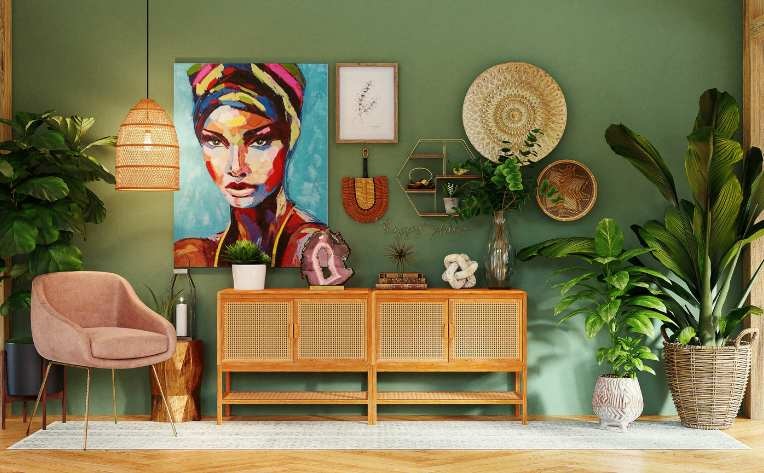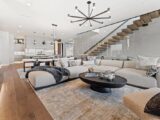
Tips to Consider When Incorporating 70s Design into a Modern Home
July 5, 2025The 1970s were bold, expressive, and full of character. Today, that spirit is making a quiet return. But it is not about recreating old spaces. It is about blending styles. The goal is balance. Let the charm of retro elements work with the simplicity of modern design.
Start with colour. Earth tones were everywhere in the 70s. Think burnt orange, mustard yellow, olive green, and warm browns. These colours add depth when used correctly. A single accent wall or a textured rug can bring in that warmth without overpowering the space.
Balance Furniture Styles
Next is furniture. Go for low-slung sofas, curved lines, and wooden frames. Pair them with clean, modern elements like metal legs or minimal coffee tables. This contrast is where modern meets 70s retro. It should feel intentional, not cluttered.
Keep Patterns Under Control
Patterns also play a key role. Geometric prints, stripes, and florals can bring life to a room. Use them on cushions, wallpaper, or upholstery. But do not overdo it. One or two bold patterns per space are enough.
Use Lighting as a Statement
Lighting is often overlooked. In the 70s, pendant lights and sculptural lamps were statement pieces. Choose warm bulbs and vintage shapes to keep the feel consistent. Match with neutral tones to ground the room.
Add Texture for Warmth
Texture makes all the difference. Incorporating 70s design into a modern home means using velvet, leather, rattan, and shag rugs. These add comfort and depth. A velvet armchair or a rattan bench can stand out without feeling out of place.
Start Small and Build Slowly
Feifers Interior Design often suggests starting small. Mix in one or two key elements before going all in. A retro mirror or sideboard can change the feel of a room instantly. It is about making the old feel new, not making the new look old.
Focus on Feeling, Not Just Style
Retro revival interior decorating is not about trends. It is about emotion. These elements bring back memories and create comfort. That is why it works so well today. We want homes that feel personal and lived in.
Less Is More
The secret is restraint. Too much and it feels like a theme. Just enough, and it feels timeless. Take cues from the past, but build for the present. That is how retro becomes relevant. That is how design lasts.





